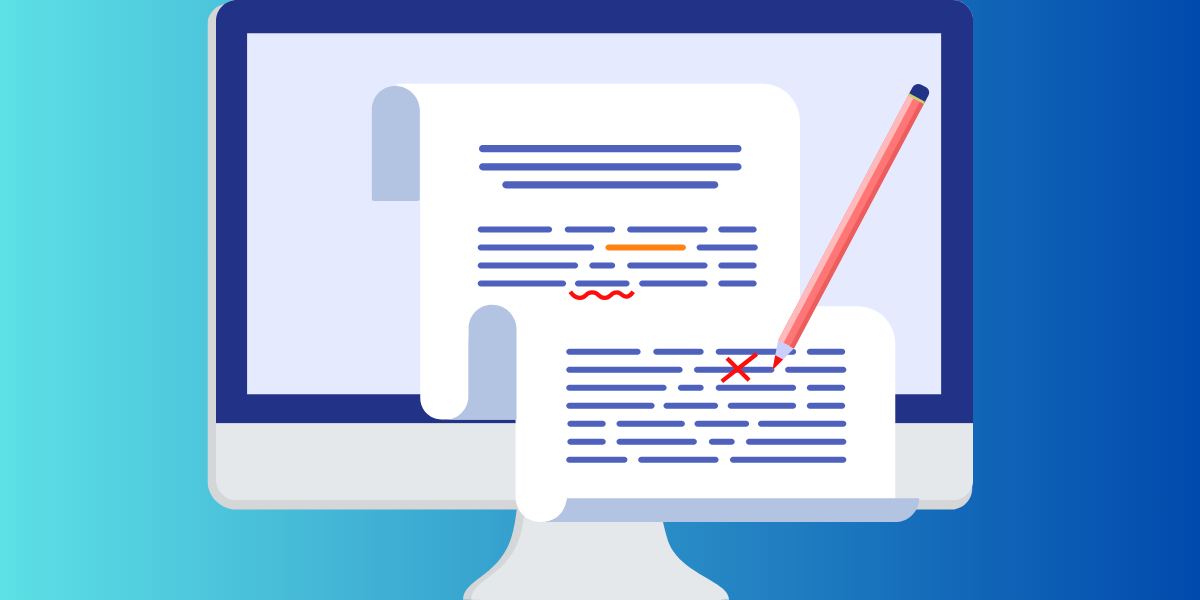Self-editing is a crucial step in the writing process that allows authors to refine their manuscripts before seeking professional editing or publishing. Here’s a comprehensive guide on how to self-edit your book effectively:
1. Take a Break: Allow some time to pass between finishing your draft and starting the editing process. This helps you approach your work with fresh eyes.
2. Read Aloud: Read your manuscript aloud to catch awkward phrasing, repetitive patterns, and errors. This technique helps you identify issues that might be missed when reading silently.
3. Review Overall Structure: Evaluate the flow and organization of your book. Ensure that the plot or main ideas progress logically and that there is a coherent structure.
4. Check Consistency: Verify consistency in character traits, settings, and plot details. Ensure that timelines and character behaviors align throughout the narrative.
5. Eliminate Redundancies: Remove unnecessary repetitions and redundant phrases. Trim down sections that convey the same information in different ways.
6. Evaluate Dialogue: Ensure that dialogue is natural and serves a purpose. Check for consistent character voices and eliminate unnecessary tags.
7. Polish Grammar and Punctuation: Correct grammar, punctuation, and spelling errors. Pay attention to common mistakes like subject-verb agreement, misplaced modifiers, and punctuation usage.
8. Check Tense Consistency: Ensure that the tense remains consistent throughout the manuscript unless intentional changes are made. Inconsistent tenses can confuse readers.
9. Examine Point of View (POV): Maintain a consistent POV throughout each scene. Avoid unintentional shifts between different characters’ perspectives.
10. Evaluate Word Choice: Use words which are correct for specific situations and the intended meaning.


